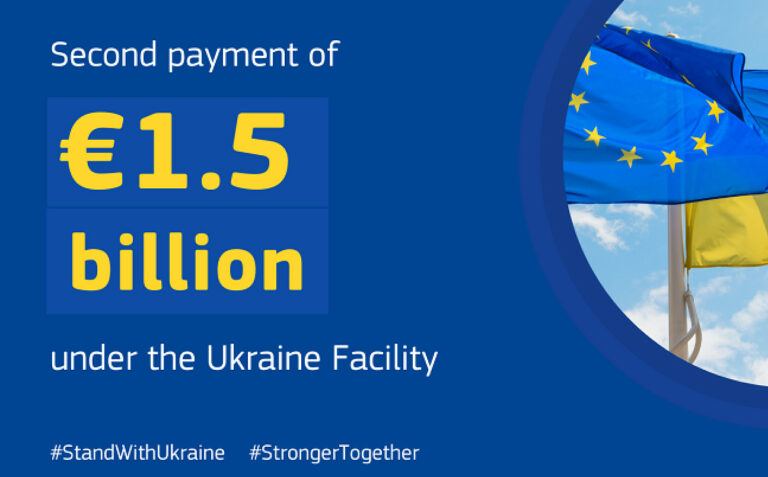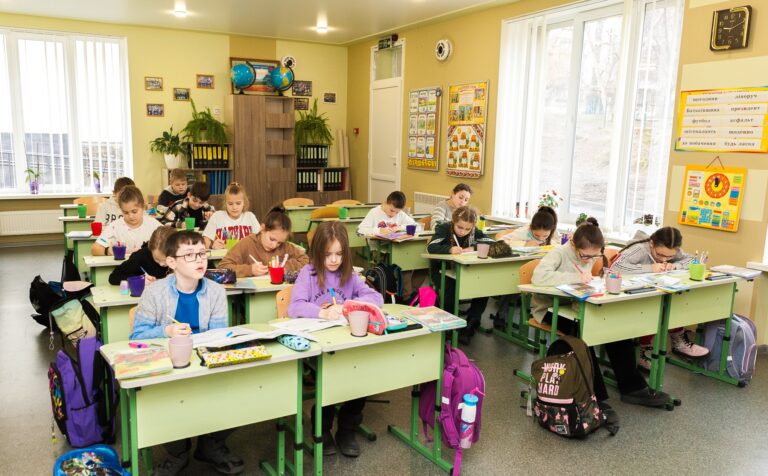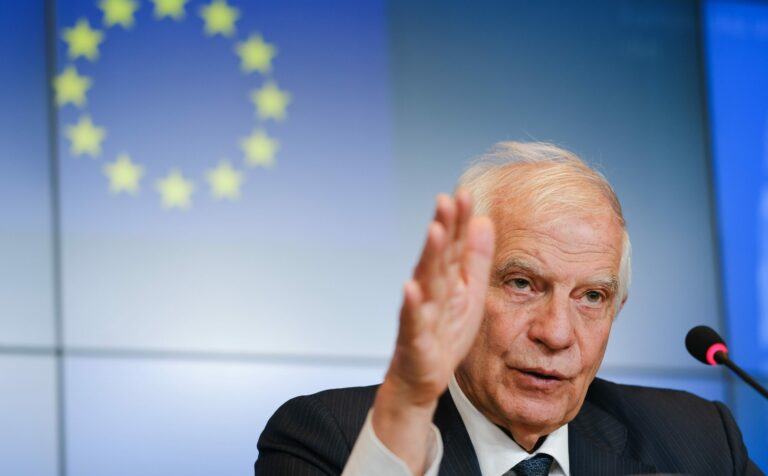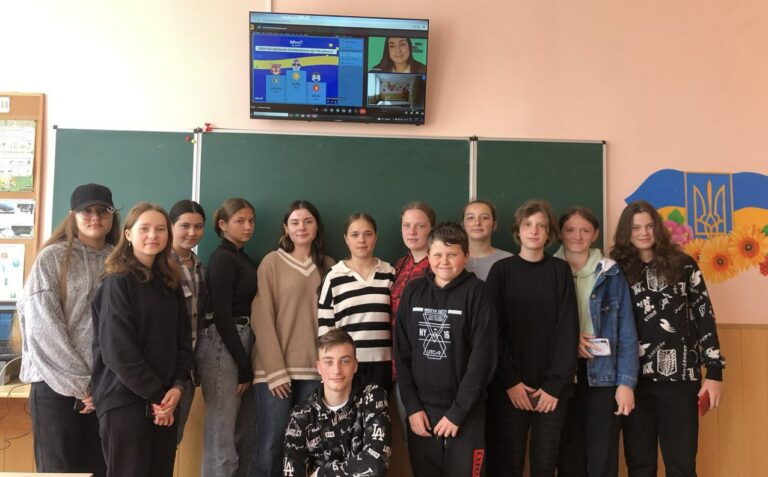
Faces of Ukraine: a visual journey to mark World Refugee Day
Since the full-scale Russian invasion of Ukraine on 24 February 2022, millions of Ukrainians have fled their homes, either to safer parts of the country or across its borders.
On World Refugee Day today, we publish our special Faces of Ukraine page, a visual journey through the stories of individual Ukrainians in the face of war – the refugees, the internally displaced, and those who have chosen to stay – which also highlights the ways in which the EU is supporting the Ukrainian people.
According to the UN, one-third of Ukrainians have been forced from their homes since 24 February – the largest human displacement crisis in the world today. More than 7 million Ukrainians have crossed the country’s borders, and a further 7 million people have been displaced internally within Ukraine. A further 13 million people are estimated to be stranded in affected areas or unable to leave due to heightened security risks, destruction of bridges and roads, as well as lack of resources or information on where to find safety and accommodation.
“This time last year it would be unthinkable that 14 million people would be forced by Russia’s aggression to leave their homes in a single country on the European Union’s doorstep. This is the largest movement of people in Europe since the end of World War II,” the European Commission said in a statement ahead of World Refugee Day.
The EU and its Member States have provided refuge to over 6 million Ukrainians who have fled to neighbouring countries, primarily to Poland, Romania, Hungary, Slovakia but also the Republic of Moldova. The majority of those fleeing are women and children.
Find out more
UNHCR – Ukraine refugee situation
World Refugee Day: Joint Statement by the European Commission and the High Representative
MOST READ
SEE ALSO

European Commission disburses additional €1.5 billion in bridge financing to Ukraine

EU4DigitalUA: EU presents results of project supporting Ukraine’s digital transformation

Kamianske school in Ukraine reopens after EIB-supported reconstruction

Borrell: some EU members willing to provide Ukraine with ammunition and air defence and interceptor systems

Young European Ambassadors in Ukraine engage students in Vinnytsia Region in game on disinformation
More campaign pages:
Interested in the latest news and opportunities?
This website is managed by the EU-funded Regional Communication Programme for the Eastern Neighbourhood ('EU NEIGHBOURS east’), which complements and supports the communication of the Delegations of the European Union in the Eastern partner countries, and works under the guidance of the European Commission’s Directorate-General for Neighbourhood Policy and Enlargement Negotiations, and the European External Action Service. EU NEIGHBOURS east is implemented by a GOPA PACE-led consortium. It is part of the larger Neighbourhood Communication Programme (2020-2024) for the EU's Eastern and Southern Neighbourhood, which also includes 'EU NEIGHBOURS south’ project that runs the EU Neighbours portal.

The information on this site is subject to a Disclaimer and Protection of personal data. © European Union,







